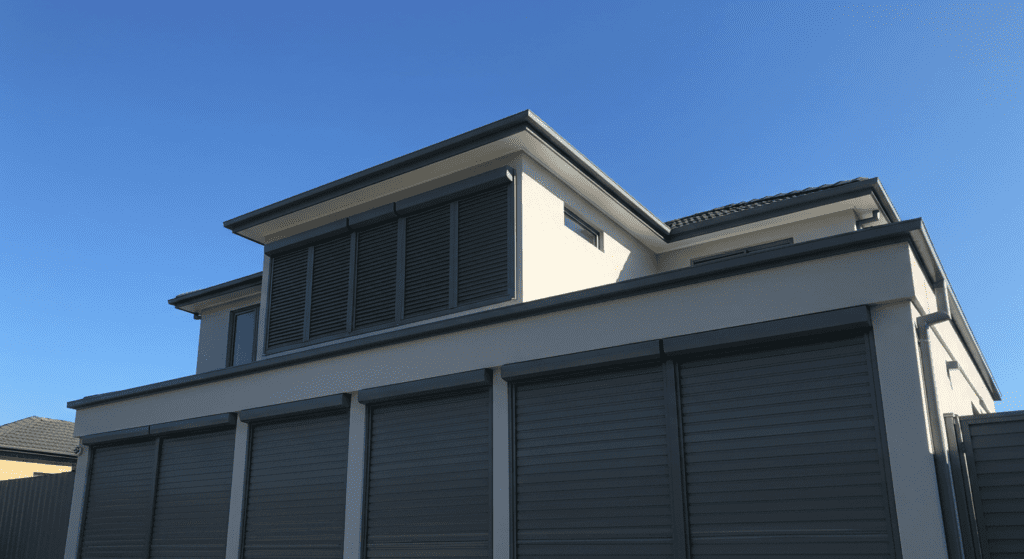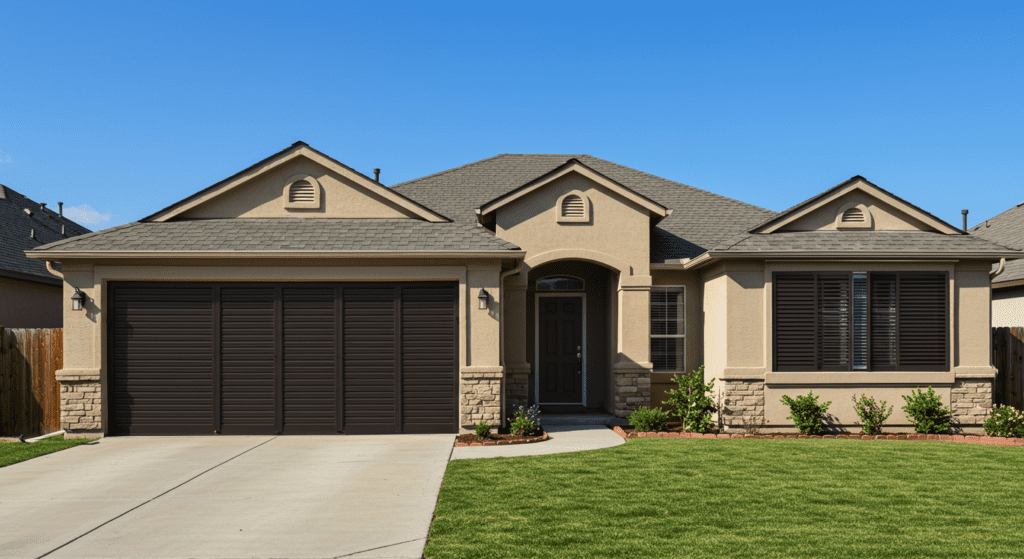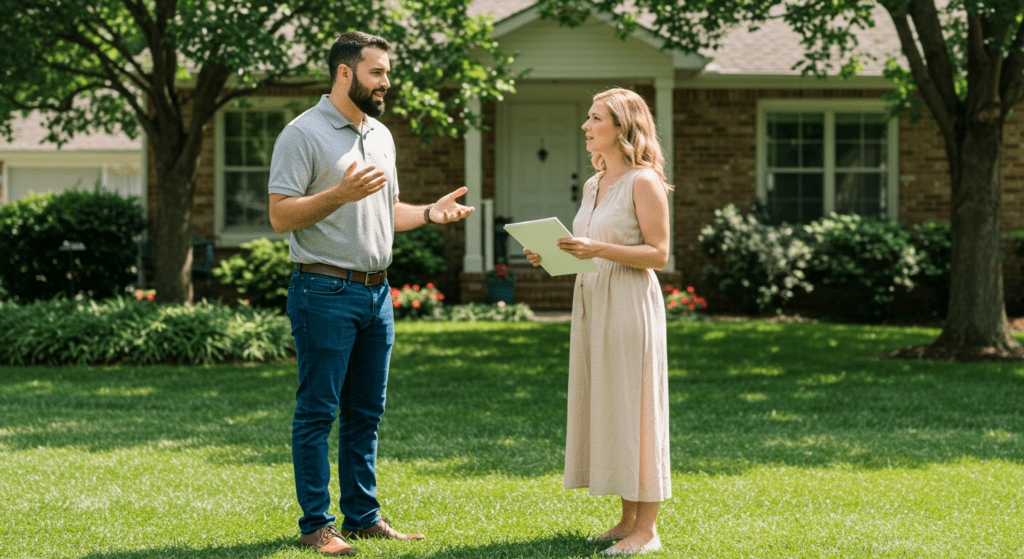- What is Homeowners Insurance and Why Do I Need It?
- Key Coverage Components: Dwelling, Personal Property, and Liability
- Understanding Policy Exclusions and Limitations
- Factors that Affect Your Insurance Premiums
- How to File a Claim: Step-by-Step Process
- Common Misconceptions About Homeowners Insurance
- Tips for Lowering Your Premiums Without Sacrificing Coverage
- The Impact of Natural Disasters on Your Home Insurance
- Reviewing and Updating Your Policy Over Time
- Frequently Asked Questions: Expert Answers and Advice
1. What is Homeowners Insurance and Why Do I Need It?
Homeowners insurance protects your most valuable asset: your home. It offers financial security in case of damage from events like fire, theft, or severe weather. Without this coverage, you might have to pay out of pocket for repairs or rebuilding your home. Even if you own your home outright, lenders usually require insurance if you have a mortgage. This protection extends not only to the physical structure but, in many cases, to your personal belongings. Homeowners insurance gives you peace of mind and helps you manage unexpected expenses.

2. Key Coverage Components: Dwelling, Personal Property, and Liability
Homeowners insurance generally includes three main parts: dwelling coverage, personal property coverage, and liability coverage.
Dwelling Coverage: This part covers the structure of your home itself. Whether your home faces hurricanes, fire, or other risks, dwelling coverage ensures repairs or rebuilding efforts are financed.
Personal Property Coverage: Beyond the walls, this covers your belongings such as furniture, electronics, and clothing. If your possessions are damaged or stolen, this coverage helps you replace them.
Liability Coverage: Accidents can happen on your property. Liability coverage protects you if someone gets injured or property is damaged due to your actions or negligence. It can help cover legal fees, settlements, and medical bills.
3. Understanding Policy Exclusions and Limitations
Not everything is covered. Homeowners insurance policies come with exclusions and limitations. For instance, many policies do not cover flood or earthquake damage by default. Some items like high-value jewelry or collectibles may have restricted limits. It is crucial to read your policy carefully to understand what is and isn’t covered. Being aware of these exclusions lets you purchase additional endorsements or separate policies for comprehensive protection if needed.

4. Factors that Affect Your Insurance Premiums
Many factors influence your insurance premium. Insurers assess risk and price your policy based on several key variables:
Location: Areas prone to natural disasters or high crime rates generally result in higher premiums.
Home Condition: The age, construction material, and overall condition of your home play a role in determining risk.
Claims History: A record of previous claims can affect your premium. Frequent claims may signal higher future risks.
Coverage Limits and Deductibles: Higher limits or lower deductibles can increase premiums.
Credit Score: In many regions, insurers review your credit score as an indicator of risk.
Understanding these factors lets you make informed decisions. You might consider upgrading your home’s security features or improving maintenance to lower your risk profile and, in turn, your premium.
5. How to File a Claim: Step-by-Step Process
Filing a claim can seem daunting, but breaking the process into clear steps can help:
Step 1: Contact Your Insurer
Notify your insurance company as soon as you experience damage or loss. Provide accurate information about what happened and the extent of the damage.
Step 2: Document the Damage
Take photos or video of the damage and make a list of lost or damaged items. Keep receipts or records if available.
Step 3: Fill Out Claim Forms
Submit the required claim forms. Ensure the information is complete and correct to avoid delays.
Step 4: Meet with the Adjuster
An adjuster from your insurance company will inspect the damage and help determine the payout amount. Be present during the inspection to answer any questions and share documentation.
Step 5: Receive Your Payout
After your claim is approved, the insurer will provide compensation according to your policy’s coverage limits and deductibles. If repairs are needed, some insurers may recommend approved contractors to work directly with them.

6. Common Misconceptions About Homeowners Insurance
There are several myths about homeowners insurance that need clearing up:
My Homeowner’s Policy Covers All Natural Disasters: Most policies do not cover floods or earthquakes. You may need separate policies.
The Cheapest Policy is the Best Option: Lower premiums might indicate reduced coverage, which could be risky if a major incident occurs.
Insurance is Only for Homeowners with Mortgages: Even if your home is fully paid off, insurance protects you from the high costs of repairs and unexpected events.
Claims Will Always Result in Higher Premiums: While some claims do affect rates, many minor or infrequent incidents do not lead to significant increases in your premium.
Understanding these truths helps you choose the right coverage and ensure you aren’t misinformed about your investment protection.
7. Tips for Lowering Your Premiums Without Sacrificing Coverage
You can often reduce your payments while maintaining adequate coverage by considering these strategies:
Increase Your Deductible: Higher deductibles usually mean lower premiums. However, assess your ability to cover the deductible amount in case of a claim.
Bundle Policies: Many insurers offer discounts if you combine your homeowners policy with auto or other types of insurance.
Improve Home Security: Installing alarm systems, smoke detectors, or deadbolt locks may earn you discounts.
Regular Policy Reviews: As your home improves or your circumstances change, regularly checking your policy can reveal new savings opportunities.
Maintain a Good Credit Score: A better credit score can lead to lower premiums. Keep up with payments and reduce debt where possible.
These tips allow you to manage costs without leaving gaps in your coverage.

8. The Impact of Natural Disasters on Your Home Insurance
Natural disasters can significantly impact homeowners insurance. In regions with high risk for hurricanes, wildfires, or tornadoes, premiums may be higher. Additionally, standard policies may not cover all types of natural disasters. For example, home insurance usually does not include flood or earthquake coverage. In these cases, it may be necessary to purchase additional endorsements or separate policies. Insurers in disaster-prone areas might also offer specialized discounts for mitigation measures like storm shutters or landscaping designed to prevent damage. Staying informed about the specific risks in your area and taking proactive steps to protect your home can make a crucial difference.
9. Reviewing and Updating Your Policy Over Time
Your life stages and property value can change, making it essential to review your policy regularly. Major life events like renovations, additions, or acquiring valuable assets can affect coverage needs. Outdated policies might leave you underinsured. Schedule an annual review with your agent to ensure that your coverage limits match the current value of your home and possessions. Adjust your policy to reflect new risks, changes in market value, or even advancements in home safety technology. Regular policy updates not only guarantee that you have the right protection but could also open up opportunities for discounts.

10. Frequently Asked Questions: Expert Answers and Advice
Below are answers to some commonly asked questions about homeowners insurance endorsed by industry experts:
Q: Can I cancel my policy if I find a better rate?
A: Yes, you can cancel your policy at any point. Be sure to compare coverage details so you maintain adequate protection when switching to a new insurer.
Q: Is my personal property covered outside my home?
A: Many policies extend personal property coverage outside your home up to a certain limit. Check your policy details, as you might want to add endorsements for higher limits if you travel often or carry valuable items.
Q: What should I do if my claim gets denied?
A: Start by reviewing your policy and the denial notice. If you believe the decision is incorrect, consider speaking with your agent or filing an appeal. Consulting an insurance specialist or lawyer might also be helpful.
Q: How does increasing home security affect my premium?
A: Installing modern security measures often results in lower premiums. Many insurers reward homeowners for reducing risk factors with significant discounts.
Q: Do I need additional coverage for natural disasters?
A: In many cases, yes. Evaluate your area’s risk for floods, earthquakes, or hurricanes. Purchasing extra coverage ensures that you are financially protected against these specific perils.
Homeowners insurance is an essential tool for safeguarding your home and financial security. By understanding what your policy covers, recognizing common misconceptions, and knowing how to lower your premiums, you equip yourself to make informed decisions. Regular assessments of your coverage, smart choices about deductibles, and investments in home safety can lead to both savings and peace of mind.
Maintaining comprehensive protection is an ongoing process. Schedule routine reviews and speak with experts to ensure that your policy evolves alongside your needs. Ultimately, a well-informed approach to homeowners insurance can protect you from unforeseen risks and help you fully enjoy the comfort of your home.
By addressing these frequently asked questions and following expert advice, you can confidently navigate the complex world of homeowners insurance. Whether you’re a new homeowner or an experienced one, staying updated and proactive with your policy is key to ensuring that your home remains secure no matter what challenges arise.
This guide is designed to assist homeowners in understanding the ins and outs of homeowners insurance. With clear information, practical tips, and expert answers, you can now confidently evaluate your needs and take the appropriate steps to safeguard your valuable asset. The peace of mind that comes with comprehensive insurance coverage is invaluable and worth every effort to obtain and maintain.
